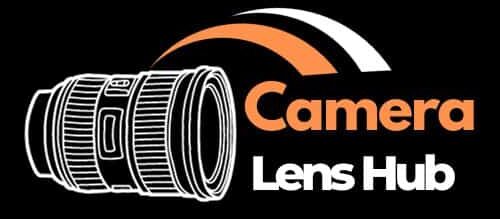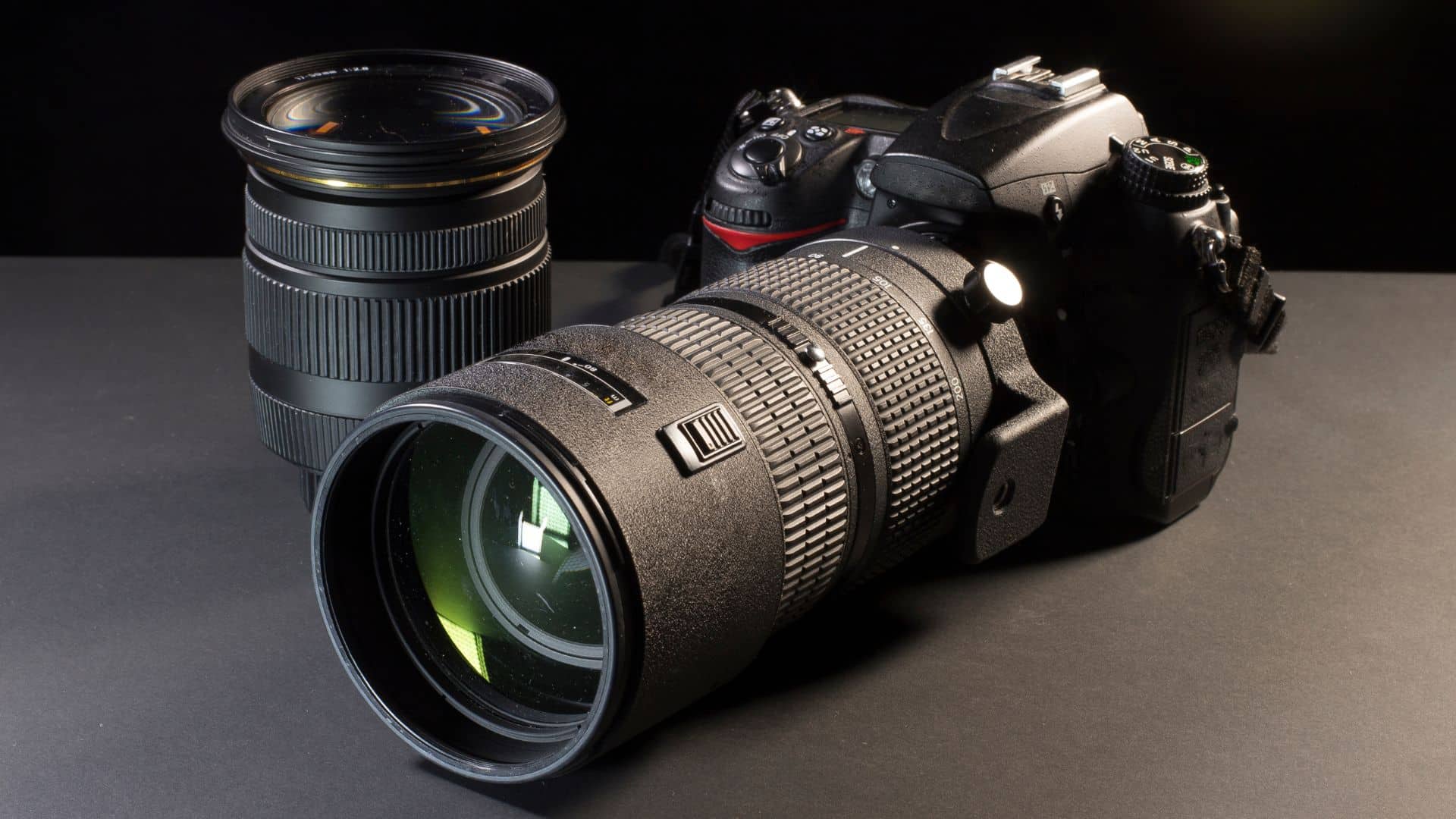With the rising popularity of mirrorless cameras in recent years, many photographers are curious about whether they can use their existing DSLR lenses on these new mirrorless systems. While mirrorless cameras offer some advantages over DSLRs in size and weight, one of the biggest drawbacks is that they may not be compatible with your existing lenses. However, this doesn’t necessarily mean you can’t use your DSLR glass on a mirrorless body at all. With the right adapters, it is indeed possible to mount DSLR lenses on many mirrorless cameras. In this post, we’ll explore the options for using DSLR lenses on mirrorless systems and discuss some things to consider.
Introduction to DSLR Lenses and Mirrorless Cameras:
Digital single-lens reflex (DSLR) cameras have been the dominant choice for professional and amateur photographers alike for many years. These cameras feature a mirror mechanism that reflects light through an optical viewfinder, allowing users to see directly through the lens. DSLR lenses are designed to work with this specific type of camera system.
In contrast, mirrorless cameras do not have a reflex mirror. Instead, they use digital displays, either electronic viewfinders (EVFs) or rear LCD screens, to preview the image. Mirrorless cameras are generally smaller, and lighter, and offer advantages such as silent shooting and in-body image stabilization.
Why Use DSLR Lenses on Mirrorless Cameras?
Before delving into the technical details, let’s first address why photographers might want to use DSLR lenses on mirrorless cameras.
1. Lens Compatibility:
If you’ve invested in a collection of DSLR lenses over the years, switching to a mirrorless camera system doesn’t mean you have to abandon them. Adapting DSLR lenses to a mirrorless camera allows you to continue using your existing lenses, maximizing the value of your investment.
2. Access to Unique Lenses:
DSLR lenses come in various focal lengths, apertures, and optical characteristics. Some lenses may offer qualities not readily available in native mirrorless lens lineups. Adapting DSLR lenses to a mirrorless camera system expands your lens options, giving you access to unique creative possibilities.
3. Cost-Effectiveness:
Investing in a new camera system can be expensive, especially if you must purchase a new set of lenses. Adapting DSLR lenses to a mirrorless camera can be a cost-effective solution, allowing you to leverage your existing gear without breaking the bank.
4. Flexibility and Experimentation:
Using adapters opens up a world of creative experimentation. You can mix and match lenses and camera bodies from different manufacturers, exploring new shooting styles and techniques. Whether you’re a professional seeking versatility or an enthusiast exploring creative options, adapting DSLR lenses to your mirrorless setup can enhance your photographic experience.
Technical Considerations:
Now, let’s dive into the technical aspects of using DSLR lenses on mirrorless cameras.
1. Flange Distance:
One of the primary differences between DSLR and mirrorless camera systems is the flange distance, which is the distance between the lens mount and the camera sensor. DSLRs have a longer flange distance to accommodate the mirror mechanism, while mirrorless cameras have a shorter flange distance. Adapters are used to compensate for this difference by providing the correct spacing for the lens to focus properly.
2. Autofocus Performance:
Autofocus performance can vary when using adapted lenses on mirrorless cameras. Some adapters support autofocus functionality, while others may only provide manual focus capability. Additionally, the performance of autofocus may vary depending on the specific combination of lens, adapter, and camera body. It’s essential to research and test the autofocus performance with your specific setup to ensure satisfactory results.
3. Aperture Control:
Adapters may or may not support electronic aperture control. Some adapters feature electronic contacts that allow the camera body to control the aperture of the lens, while others may require manual adjustment of the aperture on the lens itself. Electronic aperture control can provide convenience and flexibility in shooting situations where precise control over the aperture is essential.
4. Image Quality:
Adapting lenses can sometimes result in a slight degradation of image quality due to factors such as optical imperfections in the adapter or misalignment between the lens and the camera sensor. However, with high-quality adapters and lenses, the difference in image quality may be negligible. It’s essential to use quality adapters and lenses to minimize any potential impact on image quality.
Types of Adapters:
There are several types of adapters available for mounting DSLR lenses on mirrorless cameras:
1. Basic Mechanical Adapters:
These adapters provide a physical connection between the lens and the camera body without any electronic communication. They are typically the most affordable option but may limit functionality to manual focus and manual aperture control.
2. Electronic Adapters:
Electronic adapters feature electronic contacts that enable communication between the lens and the camera body. This allows for autofocus functionality and electronic aperture control, though the performance may vary depending on the specific adapter and lens combination.
3. Speed Booster Adapters:
Speed booster adapters not only provide a physical connection between the lens and the camera body but also incorporate additional optical elements to concentrate more light onto the camera sensor. This effectively reduces the focal length of the lens and increases its aperture, providing a wider field of view and brighter images.
4. Tilt-Shift Adapters:
Tilt-shift adapters allow for tilt and shift movements, enabling creative control over perspective and depth of field. These adapters are commonly used in architectural and landscape photography to correct perspective distortion and create unique effects.
Popular DSLR to Mirrorless Adapters:
Here are some common lens adapter options to use for DSLR lenses on mirrorless cameras:
1. Canon EF to Sony E:
- Popular and well-supported option with autofocus, aperture control, and EXIF support from high-end adapters from Metabones, Fotodiox, etc. Works great with Canon lenses on Sony a7 cameras.
2. Nikon F to Sony E:
- Also well done with autofocus and more control from better adapters. Fully functional option for Nikon lenses on Sonys.
3. Canon EF to Canon RF:
- First-party Canon adapter works flawlessly with Canon’s latest mirrorless system. Full autofocus performance with appropriate EF lenses on R bodies.
4. Canon EF/EF-S to Fuji X:
- Well-performing third-party adapters available, often with autofocus and more full functionality for Canon glass on Fuji bodies.
5. Nikon F to Fuji X:
- Works as above can find autofocus-enabled options to use Nikon lenses on Fuji X-mount mirrorless.
6. Sony A to Micro Four-Thirds:
- Adapting older A-mount lenses like Minolta to newer Panasonic/Olympus cameras is an inexpensive option that still allows autofocus in many cases.
7. Pentax K to Micro Four Thirds:
- Straightforward mounting of Pentax DSLR lenses on Panasonic and Olympus bodies, usually with autofocus support.
Tips for Using DSLR Lenses on Mirrorless Cameras:
Here are some tips to optimize the use of DSLR lenses on mirrorless camera systems:
1. Choose Quality Adapters: Invest in high-quality adapters from reputable manufacturers to ensure proper fit and compatibility with your camera and lenses.
2. Research Compatibility: Before purchasing an adapter, research compatibility with your specific camera body and lens. Some combinations may work better than others, and user reviews can provide valuable insights into performance.
3. Test Autofocus Performance: If autofocus functionality is important to you, test the adapter with your lens to ensure satisfactory performance. Keep in mind that autofocus may be slower or less accurate compared to native lenses.
4. Calibrate Autofocus: Some mirrorless cameras offer autofocus micro-adjustment settings that allow you to fine-tune the autofocus accuracy for adapted lenses. Take advantage of these features to optimize autofocus performance.
5. Experiment with Manual Focus: Don’t overlook the benefits of manual focus, especially when using older or legacy lenses. Mirrorless cameras often feature focus peaking and magnification tools that make manual focusing easier and more precise.
6. Consider Lens Image Stabilization: If your DSLR lens features optical image stabilization, check if your mirrorless camera body also offers in-body stabilization. In-body stabilization can complement lens stabilization for even better shake reduction.
7. Be Mindful of Size and Weight: Adapting larger DSLR lenses to mirrorless camera bodies may result in a less balanced setup. Consider the overall size and weight of your camera system for comfortable shooting.
Conclusion
In conclusion, using DSLR lenses on mirrorless cameras via adapters offers photographers a versatile and cost-effective solution to expand their creative horizons. While there are technical considerations and potential limitations to be aware of, with careful research and experimentation, photographers can achieve excellent results with adapted lenses on mirrorless camera systems. Whether you’re a professional seeking versatility or an enthusiast exploring new creative possibilities, adapting DSLR lenses to your mirrorless setup can enhance your photographic experience and unlock a world of creative potential. So go ahead, grab your favourite DSLR lens, mount it on your mirrorless camera, and start capturing stunning images like never before.
FAQs
Q. Can I use Canon EF lenses on a Sony mirrorless camera?
- Yes, you can use Canon EF lenses on a Sony mirrorless camera with the help of an appropriate adapter, ensuring compatibility for both autofocus and aperture control.
Q. Will adapting DSLR lenses affect the image quality on a mirrorless camera?
- Adapting DSLR lenses to mirrorless cameras can potentially impact image quality due to optical imperfections or misalignment, but with quality adapters and lenses, the difference is often negligible.
Q. Do all adapters support autofocus with DSLR lenses on mirrorless cameras?
- Not all adapters support autofocus functionality. Some may only provide manual focus capability, so it’s essential to research and choose an adapter that meets your autofocus requirements.
Q. Can I achieve the same level of performance with adapted DSLR lenses as with native mirrorless lenses?
- While adapted DSLR lenses can offer excellent performance on mirrorless cameras, there may be differences in autofocus speed and accuracy compared to native lenses, depending on the specific combination.
Q. Are there any limitations to using DSLR lenses on mirrorless cameras?
- One limitation is the potential loss of functionality, such as autofocus or electronic aperture control, depending on the adapter used. Additionally, adapted lenses may not achieve optimal performance compared to native lenses.

